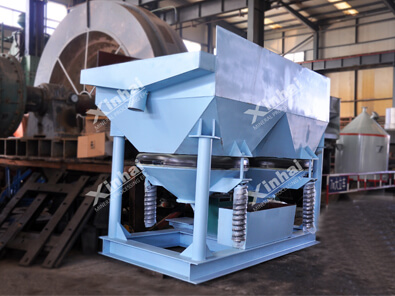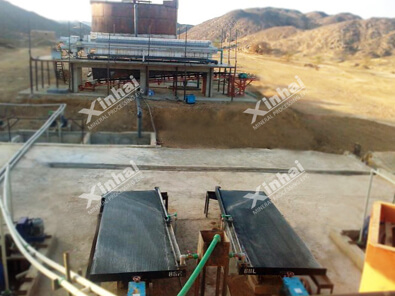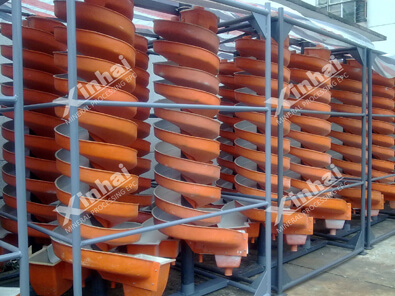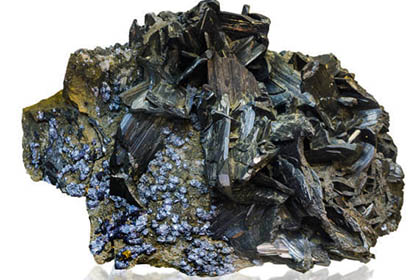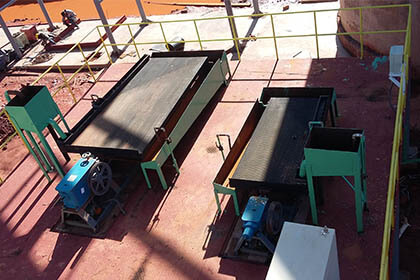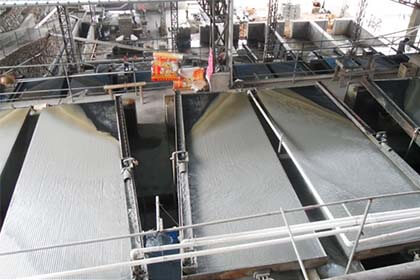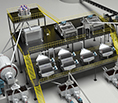How to Design a Shaking Table for Optimal Mineral Processing
 Laura
Laura
 Feb 09, 2025
Feb 09, 2025
 463
463
If you want to know more details about equipment, solutions, etc, please click the button below for free consultation, or leave your requirements!
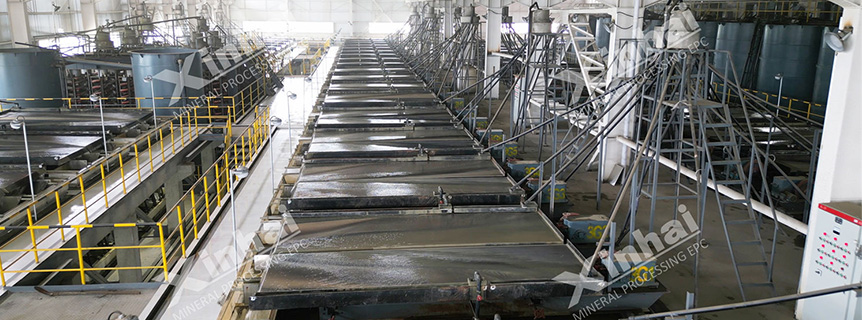
( Shaking table in zircon-titanium ore processing plant )
Shaking tables are essential tools in the mineral processing industry, widely used for separating fine particles based on density. Proper design is crucial for maximizing their efficiency and effectiveness. In this article, we’ll explore the key considerations for designing a shaking table that optimizes mineral processing.
01 What Is a Shaking Table?
BackA shaking table is a gravity separation device that uses a series of inclined surfaces to separate particles of different densities. The table’s shaking motion allows heavier particles to settle while lighter ones are washed away. This technique is particularly effective for precious metals like gold and silver, as well as for other minerals.
02 Key Design Considerations
Back1). Table Dimensions
The dimensions of the shaking table are vital for its performance. A longer table can provide a greater surface area for separation, allowing for improved recovery rates. However, larger tables also require more space and might demand more powerful motors. Common dimensions for shaking tables range from 1.5 to 3 meters in length and 0.5 to 1 meter in width.
2). Inclination Angle
The angle of inclination affects the flow of materials on the table. A steeper angle may enhance the separation of heavy and light particles, but it can also lead to faster material flow, which might reduce recovery rates. Generally, an inclination angle between 3 to 5 degrees is recommended for optimal performance.
3). Shaking Frequency and Amplitude
The shaking frequency and amplitude determine how vigorously the table operates. Higher frequencies and amplitudes can improve the separation of fine particles but may also lead to the loss of heavier materials. Finding the right balance is crucial; typically, a frequency range of 200 to 300 RPM and a small amplitude of 1 to 5 mm are effective.
4). Material Feed Rate
The feed rate directly affects the table’s performance. Too high a feed rate can overwhelm the table, leading to poor separation and recovery rates. Conversely, a low feed rate can lead to underutilization of the table’s surface. A feed rate of about 1 to 3 tons per hour is common, but this should be adjusted based on the material being processed.
5). Deck Surface Material
The material of the table deck is important for effective particle separation. Common materials include fiberglass, stainless steel, and plastic. Each has its own advantages in terms of durability and friction. Fiberglass is often preferred for its light weight and resistance to corrosion.
6). Water Flow Management
Water plays a crucial role in shaking tables, as it helps transport lighter particles away from heavier ones. Proper water flow management is essential for achieving optimal separation. The water flow should be adjustable to accommodate different materials and ensure a consistent wash of the table surface.
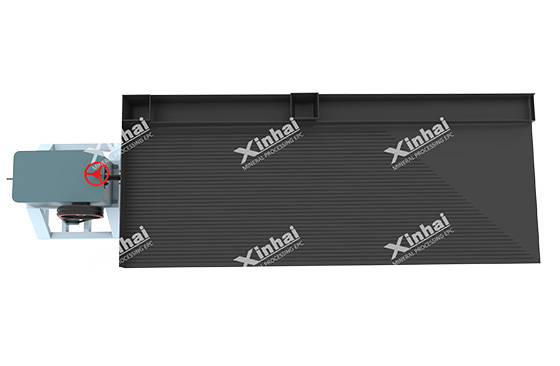
( 3D shaking table )
03 Testing and Optimization
BackBefore fully implementing a shaking table design, conducting tests is vital. Pilot tests can help identify the optimal settings for frequency, amplitude, and feed rate. Collecting data on recovery rates and separation efficiency will allow for adjustments to be made, ensuring the design meets project goals.
04 Maintenance and Upkeep
BackRegular maintenance is essential for optimal performance. Inspect the shaking table for wear and tear, especially on the deck surface and drive components. Keeping the table clean and free from debris will also enhance efficiency and prolong its lifespan.
05Conclusion
BackDesigning a shaking table for optimal mineral processing involves careful consideration of multiple factors, including dimensions, inclination angle, shaking frequency, feed rate, material choice, and water management. By focusing on these elements, you can create a shaking table that enhances recovery rates and improves overall efficiency.
Investing time in testing and ongoing maintenance will ensure that your shaking table continues to operate effectively, meeting the demands of your mineral processing project. With the right design and attention to detail, a shaking table can be an invaluable asset in your processing operations.
 +86 18716000713
+86 18716000713 xlyin@xinhaimining.net
xlyin@xinhaimining.net



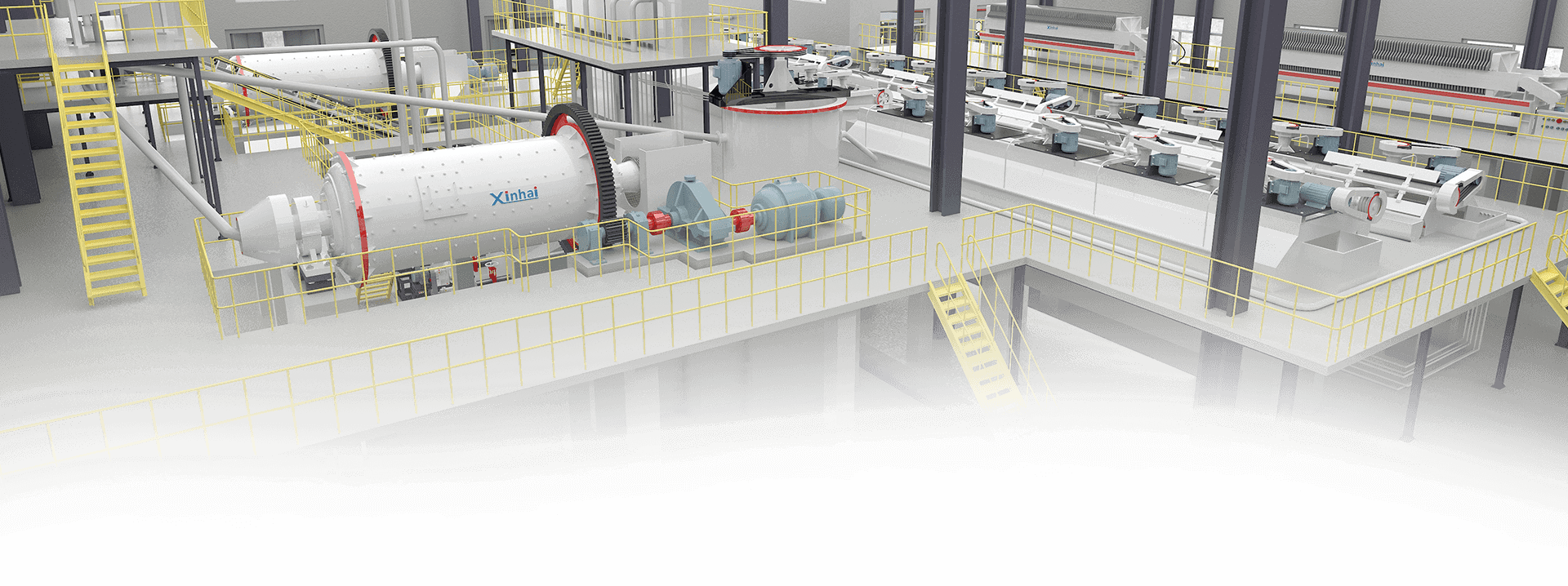
 Message
Message Chat Now
Chat Now


